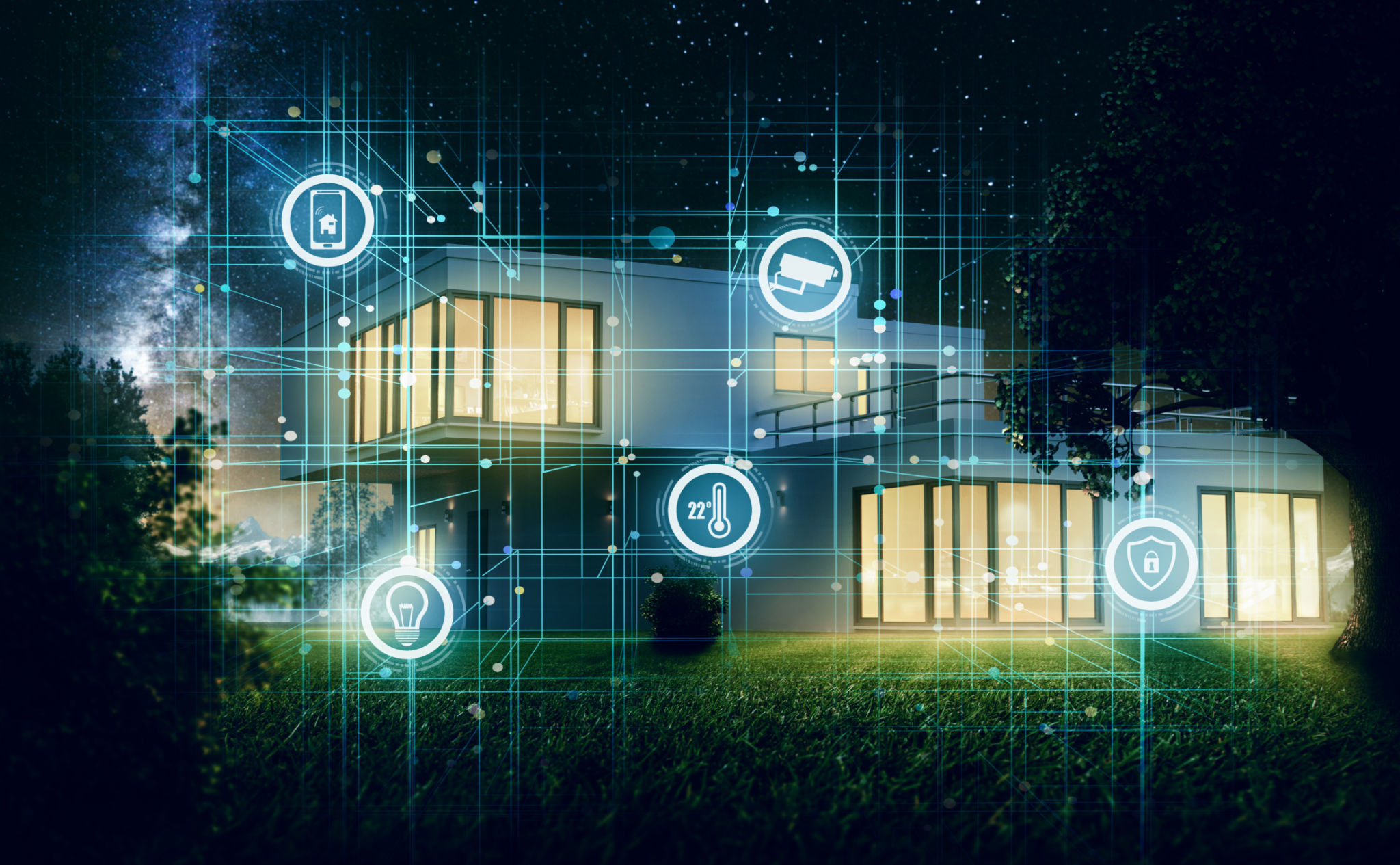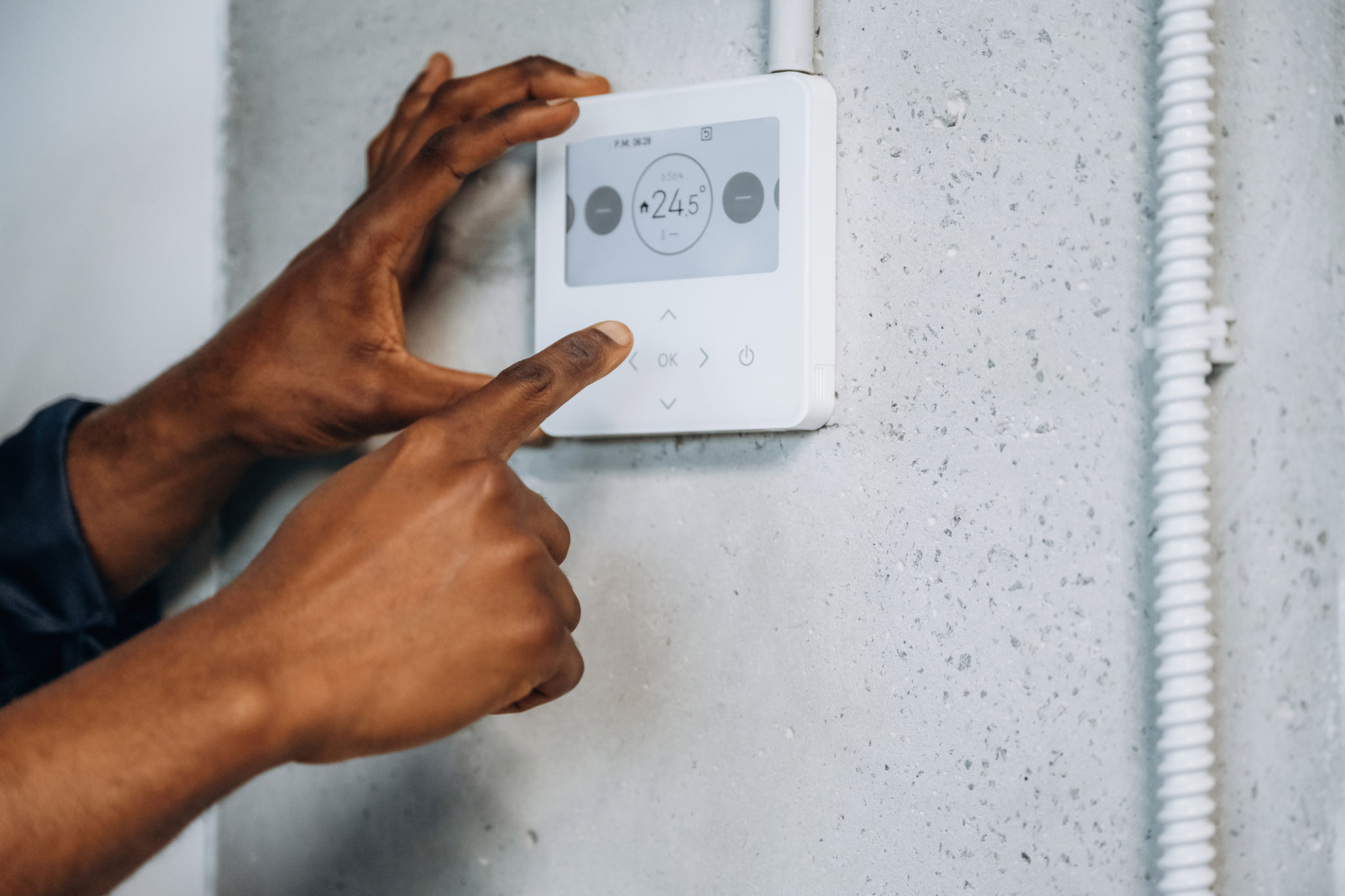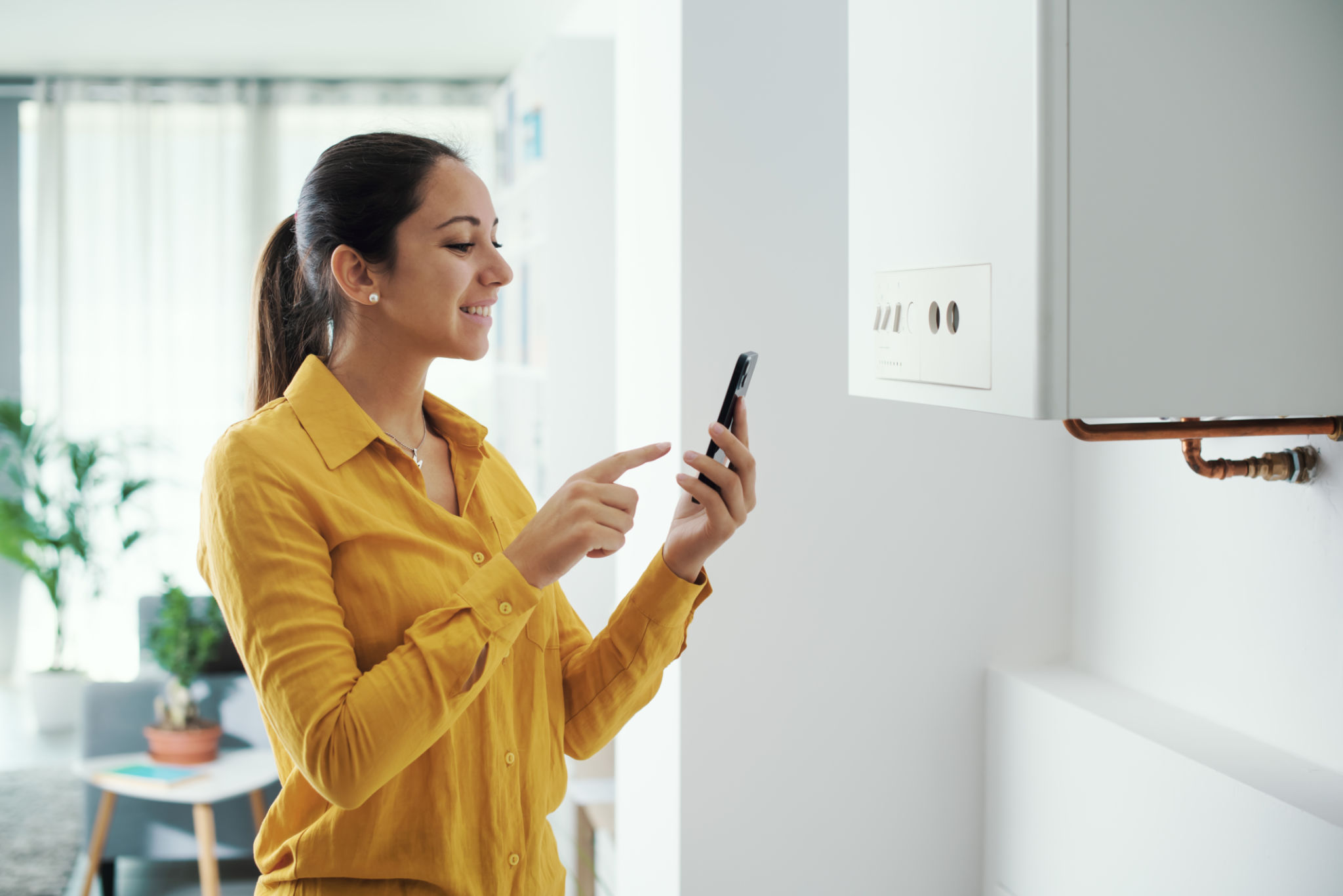How to Prepare Your Home for Automation: A Step-by-Step Guide
Understanding Home Automation
Home automation is quickly becoming an integral part of modern living, allowing homeowners to control various aspects of their homes with ease and efficiency. From lighting and security systems to climate control and entertainment, automation can significantly enhance your daily life. To prepare your home for automation, it's essential to understand the basics and plan accordingly.

Assessing Your Needs
Before diving into home automation, assess your specific needs and priorities. Consider what aspects of your home life could benefit from automation. Do you want to focus on energy efficiency, security, or convenience? Make a list of the systems you wish to automate and rank them by importance.
Understanding your priorities will help you choose the right devices and systems that align with your goals. This step is crucial because not all automation solutions fit every lifestyle or budget.
Creating a Budget
Once you've identified your automation needs, it's time to set a budget. Home automation can range from simple, affordable solutions to high-end, comprehensive systems. Determine how much you're willing to invest initially, keeping in mind future expansions. A well-planned budget can prevent overspending and ensure you get the most value from your automation setup.
Researching Compatible Devices
With the market flooded with various automation devices, it's important to research and select products that are compatible with each other. Look for devices that support common platforms like Amazon Alexa, Google Assistant, or Apple HomeKit. Compatibility ensures seamless integration and operation of your automated systems.

Choosing a Central Hub
A central hub can serve as the brain of your home automation system, connecting all your devices and enabling centralized control. Some popular options include smart speakers or dedicated hubs that can manage multiple devices across different brands. Select a hub that supports a wide range of devices to maximize flexibility.
Installing Smart Devices
Once you have selected your devices and hub, it's time to begin installation. Many smart devices are designed for easy DIY installation, but some might require professional help, especially if they involve electrical work or complex integrations. Follow the manufacturer's instructions carefully to ensure proper setup.

Testing and Troubleshooting
After installing your smart devices, conduct thorough testing to ensure everything works as intended. Test each device individually and then test them together within the automation system. Be prepared to troubleshoot any issues that arise, such as connectivity problems or device malfunctions.
Maintaining Your Home Automation System
Like any other system in your home, automation devices require regular maintenance to function optimally. Keep software updated, check for firmware upgrades, and replace batteries as needed. Regular maintenance will enhance the longevity and performance of your automation system.
Additionally, stay informed about new technologies and updates in the home automation industry. As technology evolves, there may be opportunities to expand or enhance your current system with new features.

